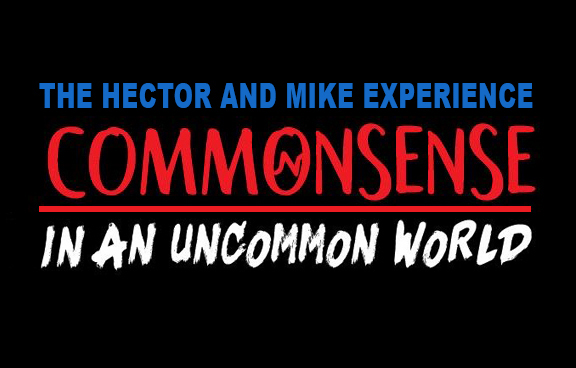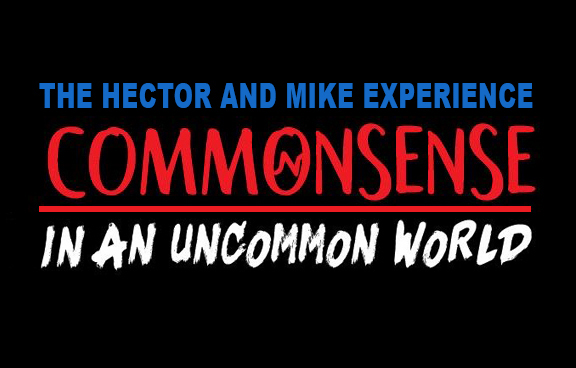Flags are powerful symbols. They embody history, identity, and a sense of belonging. When displayed during public demonstrations, particularly in political movements like immigration protests, they communicate a message—not only to those who march but also to those who watch. In the United States, when immigrants take to the streets waving the flags of their home countries, they may not realize the counterproductive nature of this act.

Flying the flag of another nation during a protest for rights or recognition in the United States contradicts the very argument being made. If the goal is to call America home, seek opportunity, and integrate into society, then displaying a foreign flag suggests divided loyalty. It provides critics with an easy talking point—“They care more about their home country than the one they claim to want to stay in.” It reinforces skepticism among Americans who question whether immigrants are here to contribute or merely to take advantage of the system.
Protests are not just about passion; they are also about persuasion. How a movement is perceived can determine its success or failure. Activists and advocates often work hard to ensure that their message is clearly understood by the media, lawmakers, and the general public. This same consideration should apply to the symbols they use. A march for immigration reform filled with American flags sends a vastly different message than one dominated by flags of other nations. The former conveys a commitment to becoming part of the country, while the latter raises doubts about that commitment.
This is not to say that immigrants should abandon their cultural identity. One can—and should—remain proud of their roots, language, traditions, and heritage. However, carrying a foreign flag at an immigration protest in the United States is a strategic misstep. It is possible to celebrate one’s culture while still expressing a desire to be part of America. A balanced approach—where cultural pride is expressed in ways that don’t overshadow the commitment to the new country—strengthens the cause rather than weakens it.
Carrying the American flag at a protest for immigration reform communicates a powerful message: “We want to be here. We want to be part of this nation.” It aligns the movement with the nation’s values, making it more difficult for opponents to contest it. Additionally, it resonates with a wider audience, many of whom view patriotism as a vital aspect of American identity.

Every movement must be mindful of optics. What message is being conveyed? How will the media report it? How will those on the other side interpret it? The desire to make America a home should be reflected not only in words but also in the symbols that are displayed. The goal should be to unite people and advocate for inclusion, not to provide ammunition to those who oppose it.


